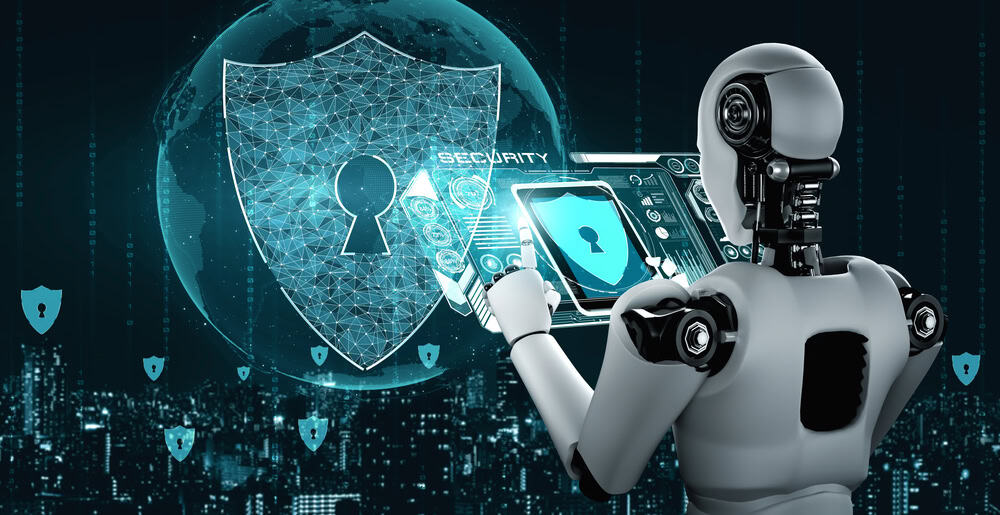

As MCP servers become the backbone of multi-agent AI systems, their design and protection demand first-class architectural status.
As AI agents grow more autonomous and influential in enterprise and operational environments, a new class of infrastructure has emerged as critical: Model Context Protocol (MCP) servers.
MCP servers help support the use of real-time data, enhancing situational awareness. Unlike traditional inference-serving models, where a stateless prompt yields a one-time response, MCP-backed agents often operate autonomously and can take actions based on new information.
As a result, many organizations are exploring MCP servers for the first time. And like any other new technology, there are implementation challenges and security issues that must be addressed.
Implementation Challenges
Implementing MCP servers presents several challenges, particularly in terms of scalability, data consistency, and model interoperability. MCP servers must deliver low-latency context access while handling rapidly evolving memory structures. Additionally, supporting multiple types of AI agents, which are often powered by different models or frameworks, requires standardized context schemas and adaptable APIs. Integration with external data sources and orchestrating context across multi-agent environments further complicates implementation, demanding careful design around performance, reliability, and modularity.
With that said, here are some of the top implementation challenges to address in any MCP implementation.
Real-Time Context Management at Scale: MCP servers must support low-latency access to large volumes of structured and unstructured data, often in a distributed setting. Organizations must decide how to prioritize retrieval performance over consistency and how to orchestrate updates without interrupting ongoing agent workflows.
Cross-Agent and Cross-Domain Complexity: In environments where multiple agents collaborate, such as when a swarm of agents coordinates logistics in real-time, MCP servers must serve context that is both shared and scoped appropriately. Improper isolation could lead to “context bleeding,” where one agent inadvertently accesses or corrupts another’s memory or instructions.
Integration with Heterogeneous AI Models: Many organizations deploy a mix of open-source, proprietary, and fine-tuned foundation models. Ensuring that MCP context formats are interoperable across diverse models requires standardized schemas, adaptable APIs, and often runtime translation layers.
Security Challenges
Giving AI agents the ability to access different data sources and act autonomously obviously introduces potential security problems. Unfortunately, malicious actors are keen to exploit these problems. Therefore, organizations need to be aware of common security issues and how to minimize their impact. To that end, some of the top issues to consider include:
Target-Rich Environment for Attackers: MCP servers house sensitive intellectual property, strategic intent, and behavioral history. A breach could allow attackers to manipulate agent decisions subtly over time, such as altering financial strategies, operational workflows, or even cybersecurity responses. This makes MCPs a prime vector for cyber risk.
Authentication and Authorization Complexity: With agents potentially spawning dynamically, authenticating identities and authorizing access to context becomes nontrivial. Fine-grained policies must distinguish between agents, tasks, users, and even temporal state, all while minimizing performance impact.
Poisoning and Context Drift: Beyond direct breaches, attackers may attempt to poison MCPs by injecting subtly corrupted data, thereby altering an agent’s behavior in ways that are hard to detect. Defending against this requires a mix of provenance tracking, anomaly detection, and possibly cryptographic signing of trusted context updates.
See also: MCP: Enabling the Next Phase of Enterprise AI
Drilling Down into MCP Security Challenges
A recent investigation by Backslash Security revealed a troubling pattern of vulnerabilities in MCP servers. The company’s analysis uncovered that hundreds of MCP instances were misconfigured, leaving them exposed to serious security risks. One of the most alarming findings, dubbed “NeighborJack,” showed that many MCP servers were bound to 0.0.0.0, meaning they were open to any device on the same local network. In environments like coworking spaces or shared office networks, this allowed potential attackers to silently connect to these servers without any authentication, hijacking agent behavior, or accessing sensitive context data.
Compounding this issue, some servers were found to permit the execution of arbitrary operating system commands. Due to poor input sanitization and unsafe subprocess handling, attackers could run dangerous commands, such as deleting files, stealing credentials, or even installing malware. In the worst cases, servers combined both vulnerabilities, allowing a complete remote takeover without any credentials or security checks.
Even more troubling is the potential for context poisoning, where manipulated data, such as phishing emails or malicious documents, could silently enter an agent’s context and influence its reasoning. The report’s findings underscore the urgent need to properly secure MCP servers by restricting access, validating input, and treating these systems as high-risk infrastructure.
The Road Ahead for MCP
Just as databases have become critical infrastructure for enterprise applications, MCPs are becoming foundational for intelligent automation. And with that rise comes the urgent need to treat them as a critical asset to protect, optimize, and audit.
As MCP servers become the backbone of multi-agent AI systems, their design and protection demand first-class architectural status. Organizations must invest in secure memory architectures, implement zero-trust principles across agent interactions, and continuously monitor for anomalies in context.





